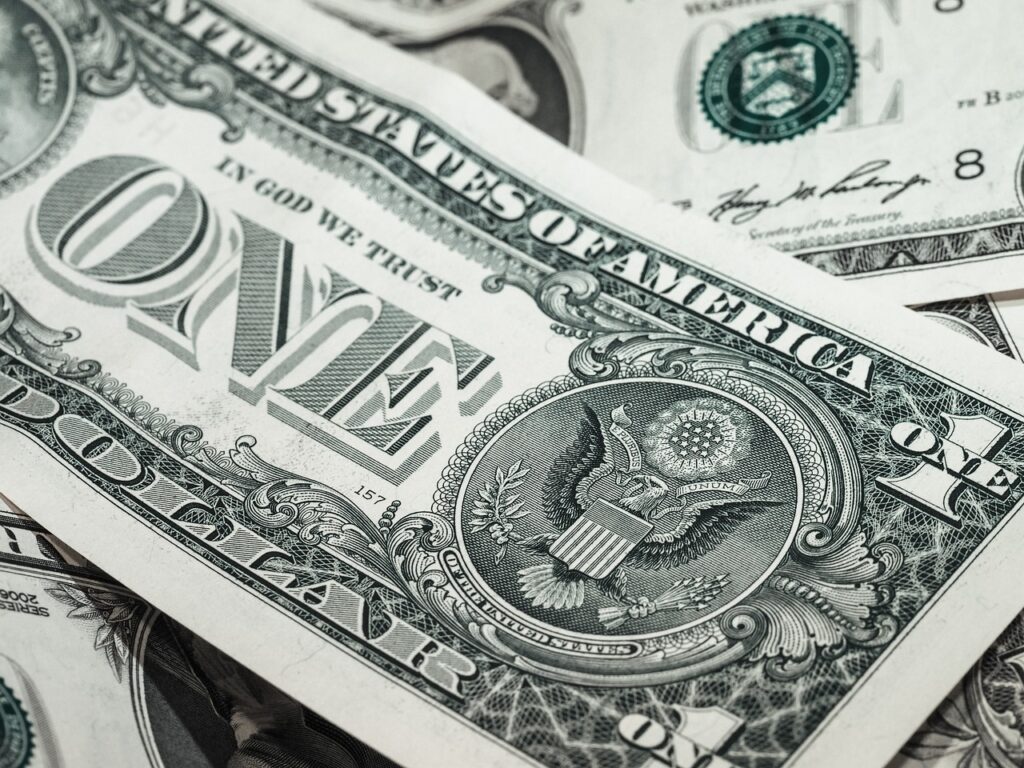The U.S. dollar held strong near a 6-1/2-month high against major currencies on Wednesday, while Bitcoin hovered just below its all-time peak as markets focused on the implications of the so-called “Trump trade” ahead of key U.S. inflation data later in the day.
The dollar has benefitted from the political climate following Donald Trump’s victory in the U.S. presidential election, with investors anticipating inflationary policies under the incoming Republican administration. These policies, including lower taxes and trade tariffs, have fueled expectations of higher inflation.
The “Trump trade” has also lifted U.S. Treasury yields as markets speculate that the Federal Reserve might scale back its expected interest rate cuts. The President-elect’s Republican Party is set to control both chambers of Congress starting in January, which could allow Trump to implement his agenda of tax cuts and government downsizing.
The U.S. dollar index, which tracks the greenback against a basket of other currencies, added 0.02% to 106.01, just shy of Tuesday’s high of 106.17—the strongest level since May 1. Bitcoin, meanwhile, paused its record-breaking rally, slipping 0.23% to $87,105.05 after briefly hitting a new all-time high of $89,998 on Tuesday. Trump has pledged to make the U.S. “the crypto capital of the planet,” adding to Bitcoin’s appeal.
U.S. Inflation Report in Focus
Investors were looking ahead to the U.S. inflation data, with the October Consumer Price Index (CPI) report set to be released later in the day. Analysts expect the core CPI to rise by 0.3%, though any higher figure could further reduce the chances of the Federal Reserve cutting interest rates in December.
“Focus is likely to shift back to inflation and Fed policy in the latter part of the week, but whether this leads to an unwinding of Trump trades remains to be seen,” said Charu Chanana, Chief Investment Strategist at Saxo.
Markets are also grappling with uncertainty regarding the Federal Reserve’s next steps following Trump’s win, with some questioning whether the central bank will have room to cut rates further if inflation rises again under the new administration.
Currently, markets are pricing in a roughly 60% chance of a 0.25% rate cut by the Fed in December, down from around 84% a month ago, according to CME Group’s FedWatch Tool.
Fed Officials Weigh In
Recent comments from Federal Reserve officials have added to the uncertainty. Both Minneapolis Fed President Neel Kashkari and Richmond Fed President Thomas Barkin signaled on Tuesday that they were not yet ready to make a judgment on the pace or size of future rate cuts. Fed Chair Jerome Powell is scheduled to speak on Thursday, ahead of the release of U.S. Producer Price Index (PPI) data and retail sales figures on Friday.
Euro Under Pressure
The euro remained under pressure amid political uncertainty in Europe. Germany, the eurozone’s largest economy, is set to hold elections on February 23, following the collapse of Chancellor Olaf Scholz’s governing coalition. Additionally, markets are weighing the potential impact of Trump’s trade policies, which could include new tariffs on Europe and China.
The euro languished near a one-year low of $1.0596, hit on Tuesday, and was last down 0.05% at $1.061875.
Sterling and Yen React to Stronger Dollar
Sterling was little changed at $1.2746, with the British currency remaining under pressure due to the overall strength of the U.S. dollar. Meanwhile, Japan’s wholesale inflation accelerated in October, driven by a weaker yen that pushed up import costs for certain goods. This complicates the Bank of Japan’s decision-making regarding interest rate hikes.
The dollar edged up by about 0.17% against the yen, reaching 154.88, after briefly touching 154.934—its highest level against the Japanese currency since July 30.
Aussie Dollar Faces Continued Pressure
Elsewhere, the Australian dollar, which is closely tied to China’s economic outlook, remained under pressure, slipping 0.02% to $0.6531. Australian wages grew at the slowest pace in almost a year in the third quarter, driven by an influx of new workers and a slowdown in inflation. This could bolster the case for further interest rate cuts by the Reserve Bank of Australia.


